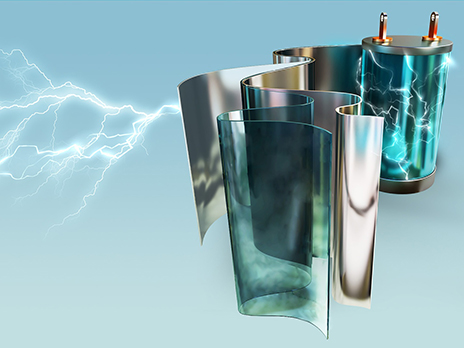Study of organic materials for electrochemical storage systems
WP 2
ORANGEES
Responsible: INSTM
Duration: Month 1 – Month 36
The fundamental aspect of the project idea is to explore the potential that different types of organic compounds can offer as substitutes for some of the main materials used in the various components of a SAE (e.g. active material, binder, electrolytes, etc.). The project partners’ extensive expertise will be pooled to significantly expand the experimental matrix, both in terms of organic compound classes and application areas, and in terms of AE technologies in which they can be implemented.
The project’s strength is the complete independence of its experimental lines of activity, confirming the exploratory nature of many of the proposed areas of study, which range from the synthesis to the development of electrode formulations based on little-known compounds. Obviously, this does not preclude a fluid exchange of information and the possibility of comparison between partners, with the aim of suggesting potential interpretations of the observed phenomena.


Both synthetic and directly natural derived organic compounds will be studied in WP2 with the aim of studying and/or developing:
1 – New electrolytes both liquid (development of ionic liquids) and solid (block co-polymers) to improve the overall safety of SAEs,
2 – New binders to be used for the preparation of electrodes based on natural organic compounds (polysaccharides and seed extracts),
3 – Some families of crystalline organic compounds , both synthetic (e.g. terephthalates) and natural (e.g. rhodizonates), to be used directly as active materials in anodes or cathodes for alkaline ion devices.
For the same purposes, some polymers functionalized with redox-active groups will be studied for direct use in electrodes.